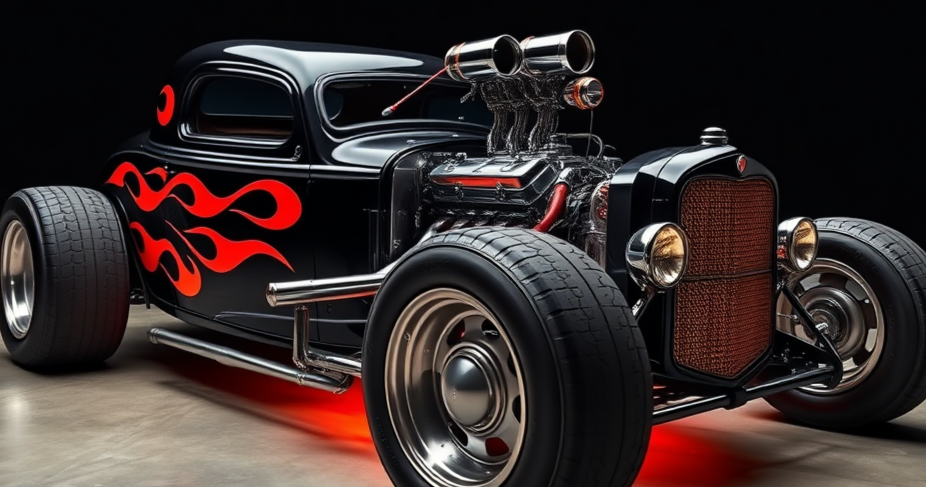Rat rods are more than just vehicles; they embody a unique culture and a rebellious spirit of automotive customization. Originating in the hot rod scene of the 1940s and 1950s, rat rods have evolved into a distinct genre, celebrating imperfection, creativity, and individuality. This article dives into the essence of rat rods, their history, and what makes them a beloved choice among car enthusiasts.
What is a Rat Rod?
A rat rod is typically an older vehicle, often from the 1920s to 1950s, that has been modified in a way that emphasizes raw aesthetics and functionality over polished perfection. Characteristics include:
- Rust and Patina: Many rat rods showcase their original, weathered paint and rust, giving them a rugged appearance.
- Unique Customizations: Enthusiasts often incorporate unconventional parts and designs, leading to one-of-a-kind builds.
- Simplicity: Unlike show cars, rat rods often prioritize performance and ease of maintenance over intricate detailing.
The History of Rat Rods
The term "rat rod" gained popularity in the 1990s, but the roots trace back to the post-war era when car enthusiasts began modifying their vehicles for speed and style. As the customization culture flourished, a segment emerged that focused on the raw, unfinished look.
Key Milestones
- 1940s-50s: The birth of hot rods and early customization.
- 1960s: The customization scene diversifies; some builders lean towards a more DIY aesthetic.
- 1990s: The term "rat rod" is coined, and the movement gains momentum through magazines and car shows.
The Culture of Rat Rods
Rat rods are not just about the cars; they represent a lifestyle and a community. Car shows, meet-ups, and online forums are hubs for enthusiasts to share their builds and experiences. This culture fosters creativity and camaraderie among builders who often view rat rods as a canvas for self-expression.
Building a Rat Rod
Creating a rat rod is as much about the journey as it is about the destination. Here are some common steps involved:
- Choosing a Base Vehicle: Many builders start with a classic car, truck, or even a motorcycle frame.
- Gathering Parts: Scavenging for parts at junkyards, swap meets, or online marketplaces is essential. This often includes repurposing old components.
- Customization: The modifications can range from engine swaps to unique bodywork, often reflecting the builder's personal style.
- Finishing Touches: Many builders embrace the unfinished look, allowing rust and wear to show, while others might add quirky details or artwork.
The Future of Rat Rods
As the automotive landscape continues to evolve, rat rods remain a testament to the spirit of customization. They challenge the norms of perfection in car culture and invite enthusiasts to push the boundaries of creativity. With a growing interest in vintage vehicles and DIY projects, the rat rod movement is likely to thrive.
Conclusion
Rat rods are more than just cars; they encapsulate a philosophy of creativity, individuality, and community. Whether you’re a seasoned builder or a casual admirer, the world of rat rods offers something for everyone. Embrace the imperfections and let your imagination run wild—after all, in the world of rat rods, the only limit is your creativity.

